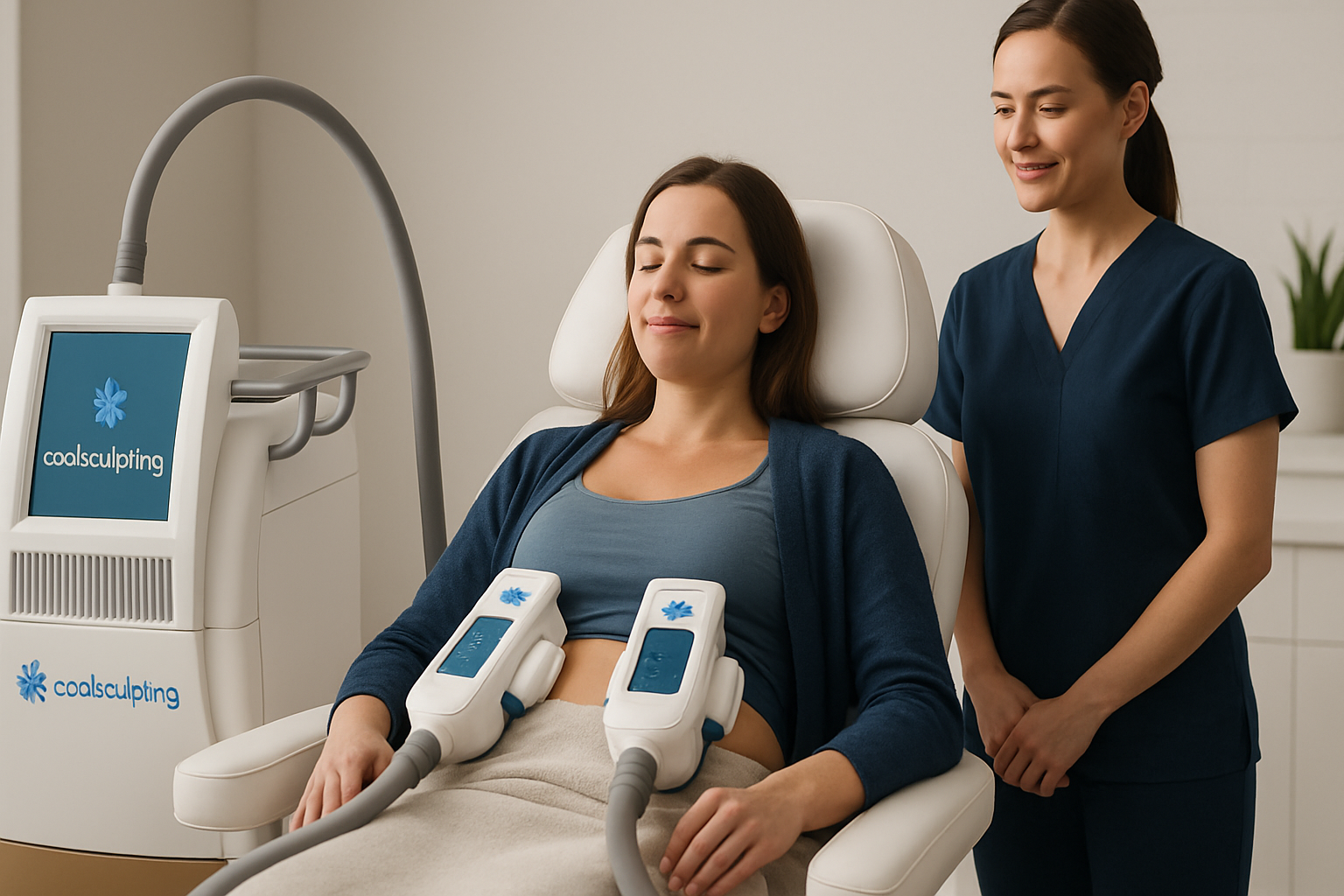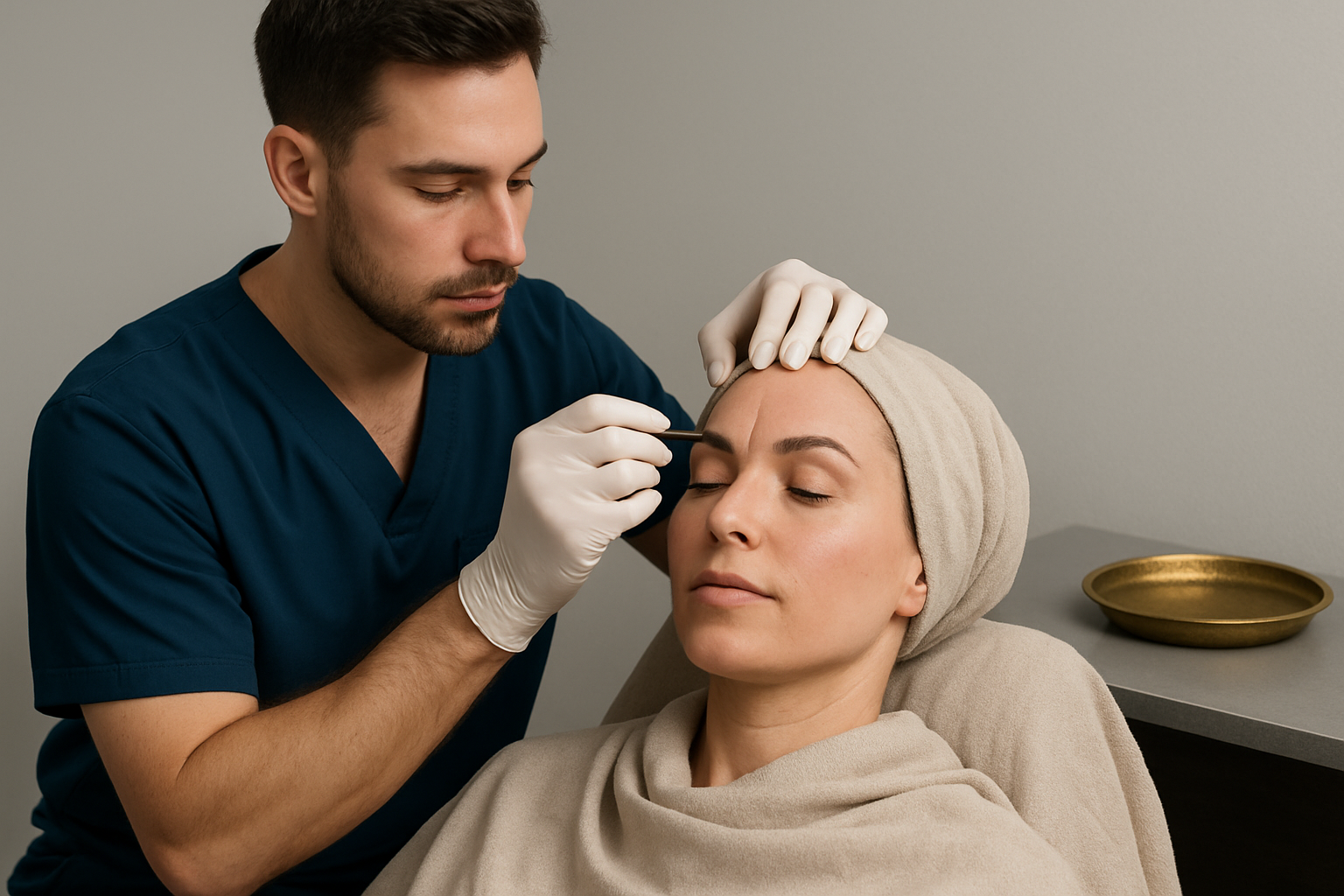When it comes to achieving the smoothest, most radiant skin possible, many people turn to advanced aesthetic treatments. Two of the most popular options are Laser Hair Removal + Dermaplaning, each offering unique benefits for skin clarity, texture, and confidence. But when combined, these treatments deliver transformative results that go beyond what either can achieve alone.
Jump To:
TLDR – Quick Guide
- Laser Hair Removal + Dermaplaning is a powerhouse combination for smooth, radiant skin.
- Laser Hair Removal reduces unwanted hair at the follicle, while Dermaplaning removes peach fuzz and dead skin cells.
- Together, they enhance treatment results, improve product absorption, and leave skin visibly brighter.
- Safe for most skin types, with minimal downtime.
- Results are longer-lasting and more noticeable when treatments are combined strategically.
How Each Treatment Works
Laser Hair Removal: Targeting Hair at the Root
Laser Hair Removal uses focused light energy to disable hair follicles, reducing and preventing future hair growth. It is especially effective for larger areas like legs, arms, underarms, and the bikini line. With multiple sessions, most clients experience a significant reduction in hair, leading to long-lasting smoothness.
Dermaplaning: Exfoliation with Precision
Dermaplaning is a manual exfoliation technique where a trained professional uses a sterile blade to gently remove fine vellus hair (peach fuzz) and dead skin cells. The result is a fresh, glowing complexion with improved texture. Dermaplaning also enhances makeup application and maximizes the effectiveness of skincare products.
Why Combining Laser Hair Removal + Dermaplaning Works
When used together, these two treatments complement each other perfectly:
- Enhanced Smoothness: Dermaplaning removes surface hair and dead skin, while Laser Hair Removal tackles deeper follicle growth.
- Improved Product Absorption: Without the barrier of dead skin cells, serums and moisturizers penetrate more effectively.
- Brighter Skin Tone: Dermaplaning addresses dullness, while laser treatments reduce hair shadows and uneven texture.
- Reduced Irritation: Unlike shaving or waxing, this combo minimizes the risk of ingrown hairs.
Safety and Timing Considerations
Not all treatments can or should be performed at the same time. Professionals typically recommend spacing out sessions strategically to ensure the skin recovers and responds optimally. Consulting with a licensed provider ensures that your plan is tailored to your skin type, hair density, and personal goals.
Key Takeaways
- Laser Hair Removal + Dermaplaning is an ideal pairing for maximum smoothness and radiance.
- Each treatment addresses different aspects of skin care—together, they create a synergistic effect.
- Timing and professional guidance are essential for safe, effective results.
- This combination can reduce hair regrowth, improve skin brightness, and boost overall confidence.
FAQs
Can Laser Hair Removal and Dermaplaning be done on the same day?
In most cases, professionals recommend spacing the treatments out to avoid over-stressing the skin. Doing them too close together may cause temporary irritation or sensitivity. A consultation will help determine the safest timeline for your skin needs.
Is Laser Hair Removal safe for all skin types?
Modern laser technologies are designed to accommodate a wide range of skin tones. However, effectiveness can vary depending on hair color, density, and skin type. A qualified provider can assess suitability and customize the treatment plan.
Does Dermaplaning make hair grow back thicker?
No, Dermaplaning only removes vellus hair, which grows back at the same rate and texture. The procedure does not alter the follicle or stimulate coarse growth. Most clients simply notice smoother skin without visible regrowth issues.
How many sessions are needed for Laser Hair Removal?
Most people require multiple sessions, usually spaced several weeks apart, to target all growth cycles effectively. On average, 6 to 8 treatments provide optimal results. Maintenance sessions may be recommended once or twice a year.
Who should avoid combining these treatments?
Individuals with active skin infections, severe acne, or certain medical conditions may need to delay or avoid treatment. Breastfeeding or pregnant clients are also often advised to wait. Always consult with a licensed aesthetic professional before beginning a combined treatment plan.




